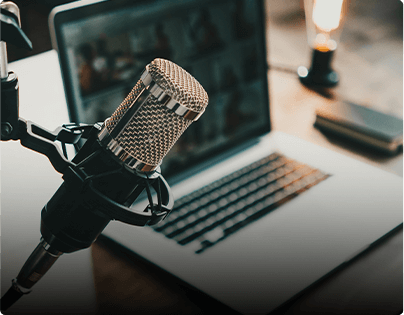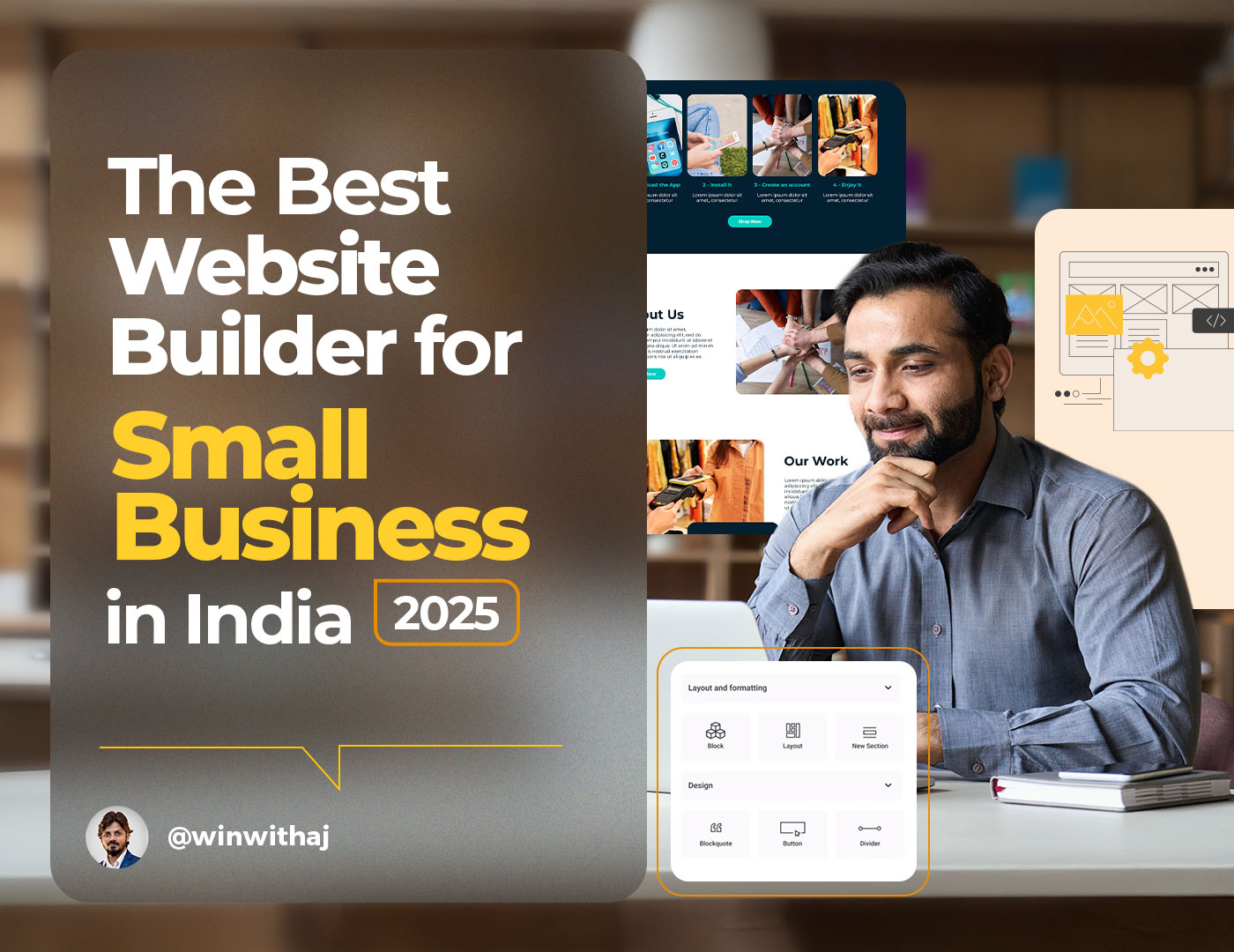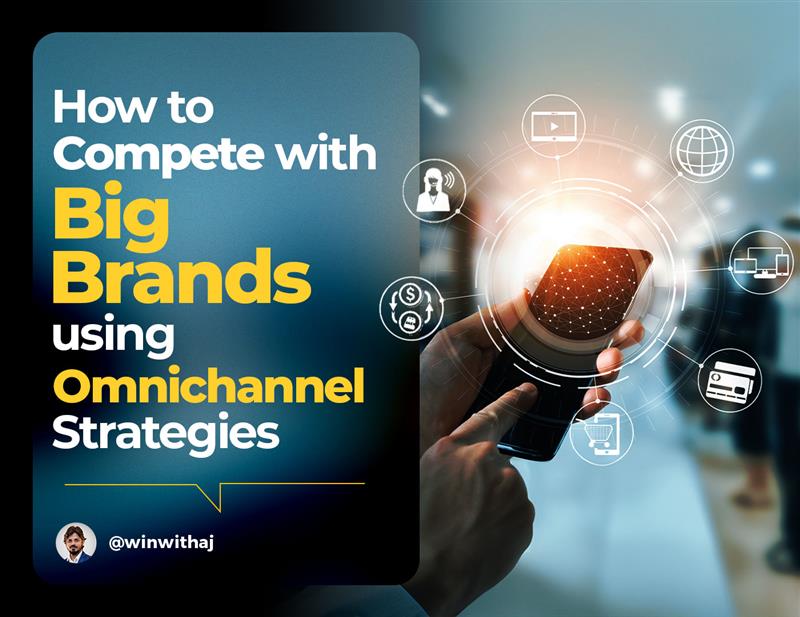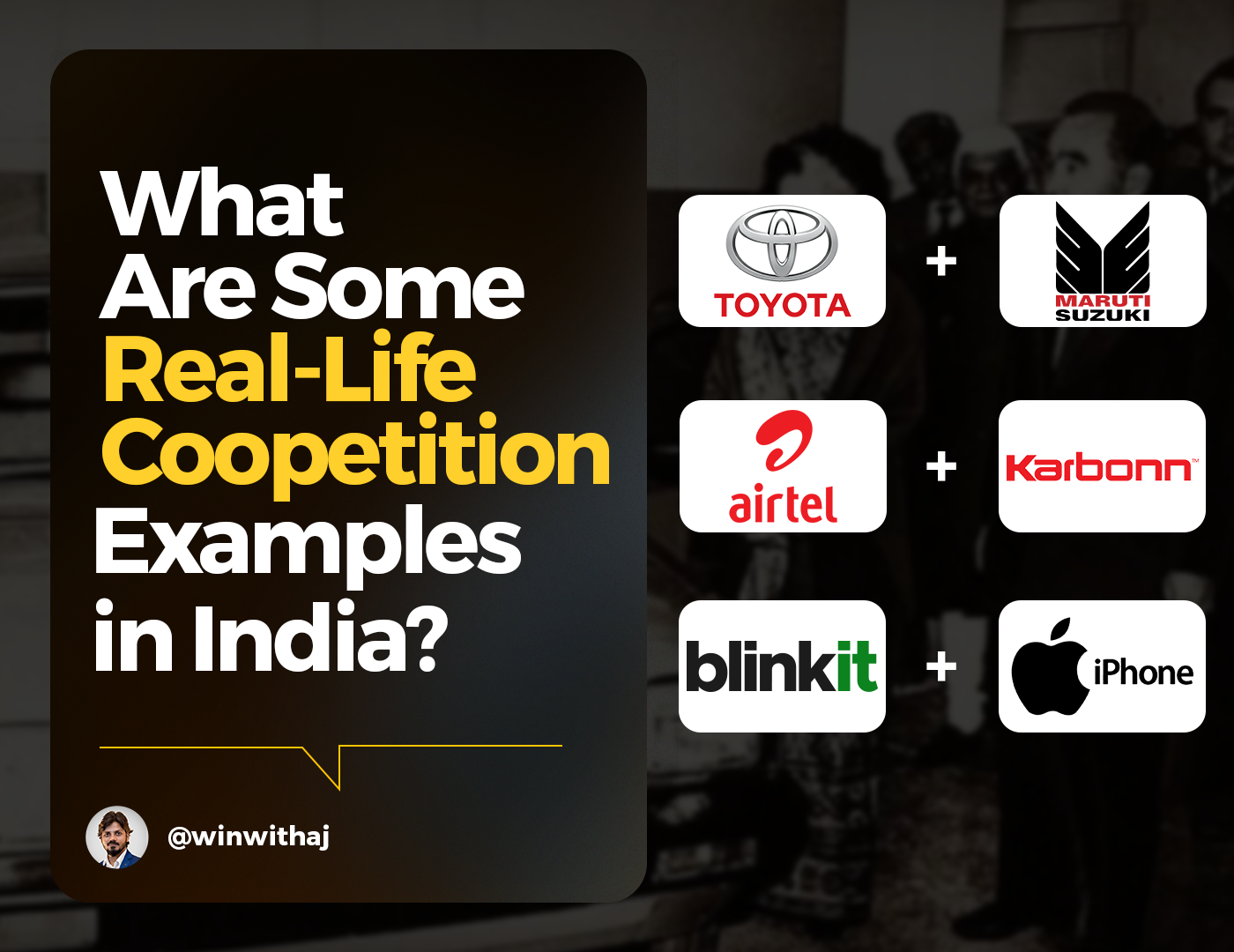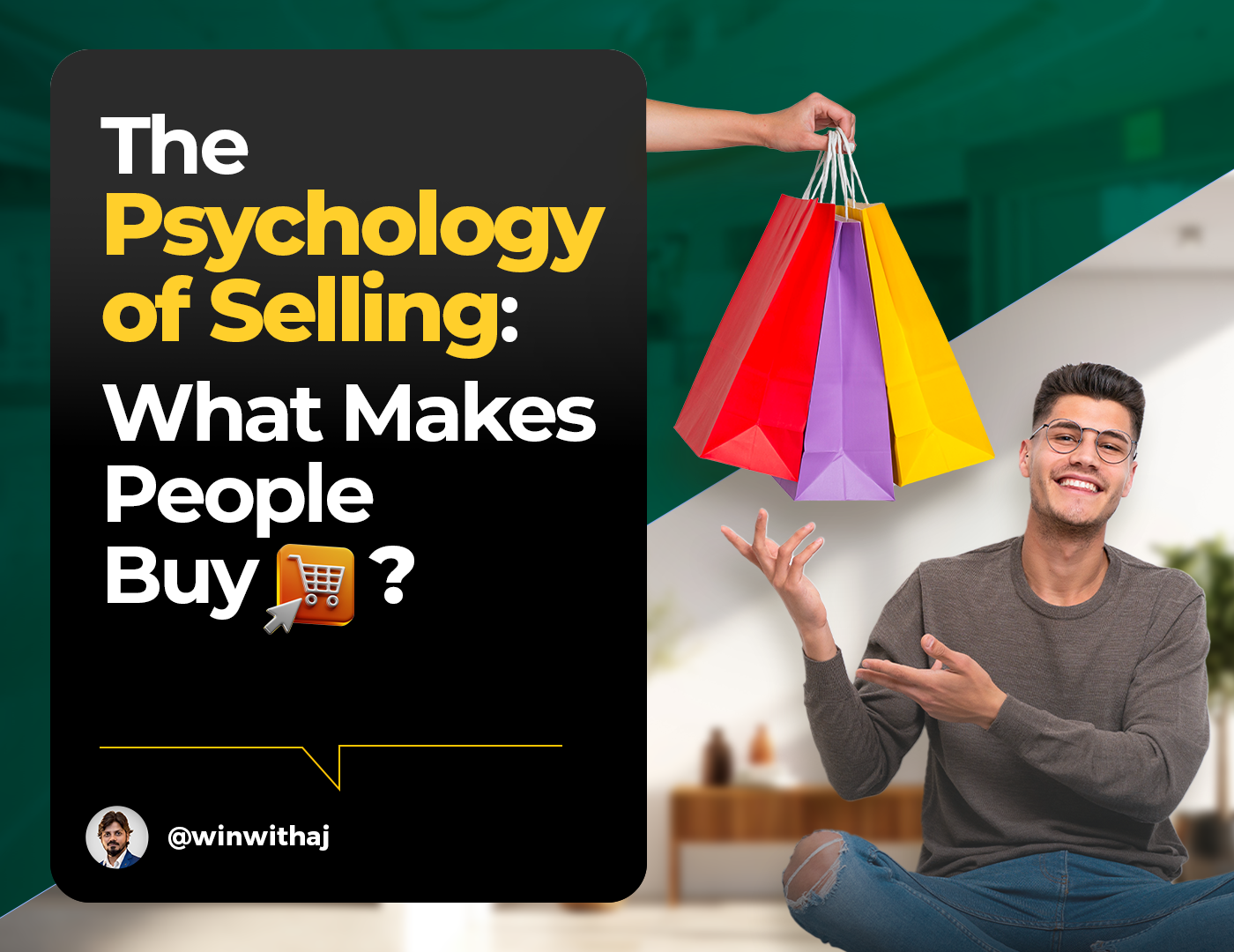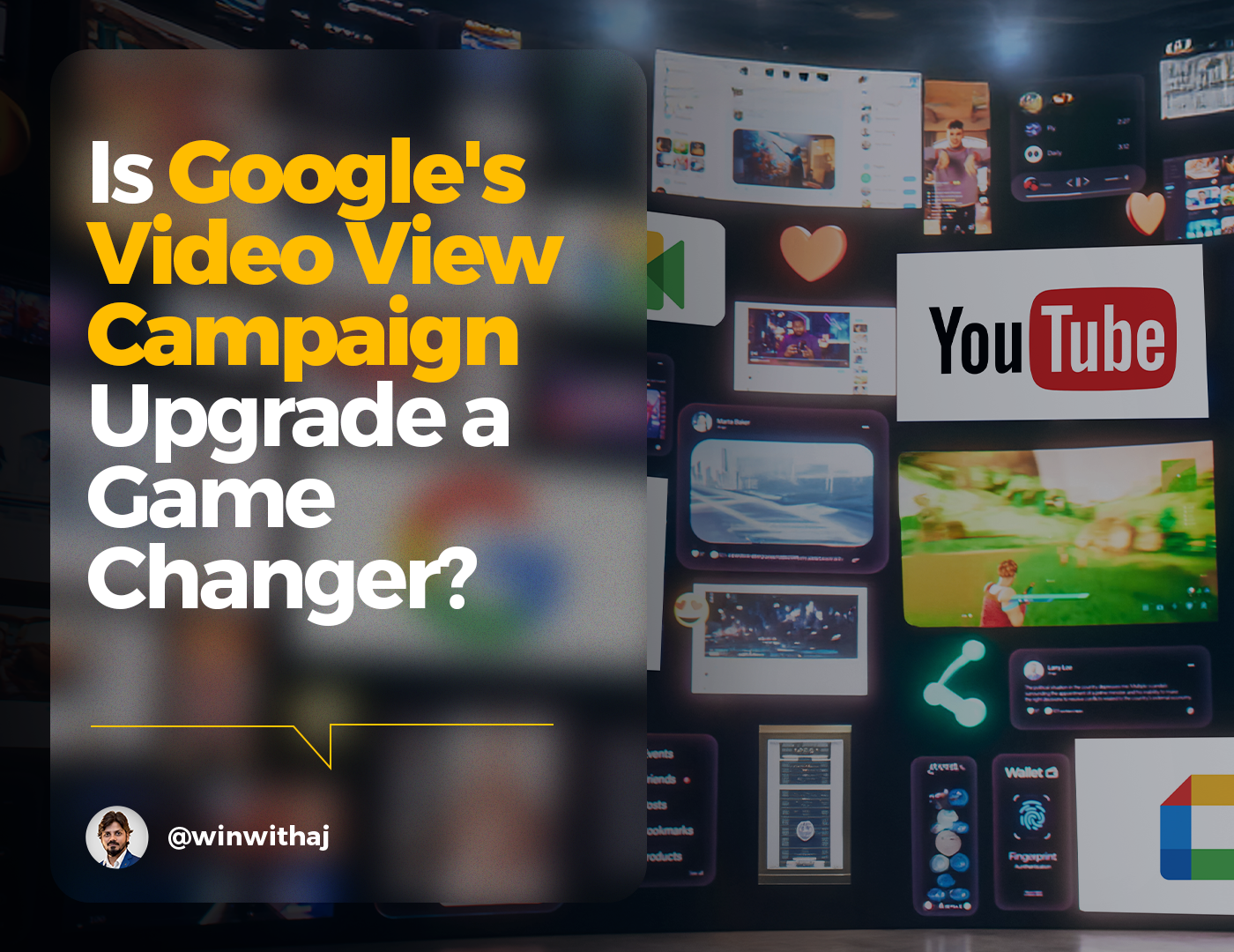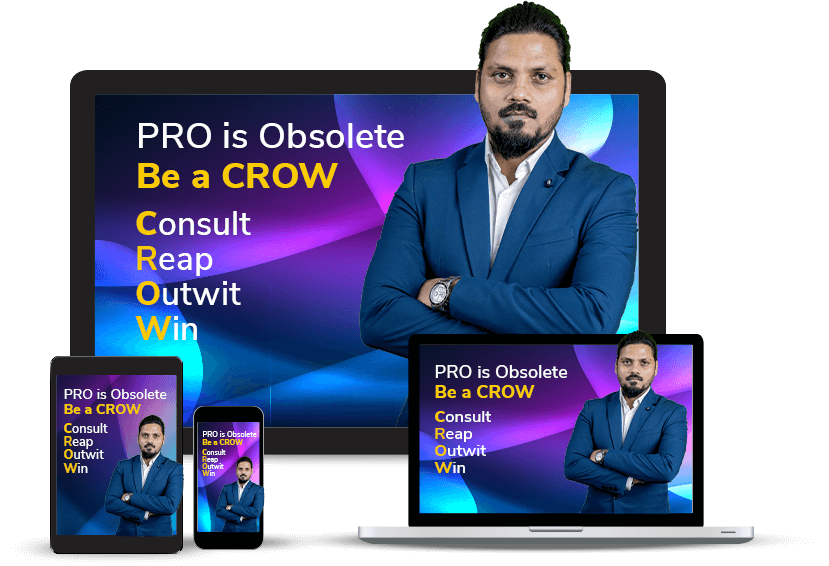
7 Psychological Tricks to Skyrocket Your Sales in 2024
Have you ever found yourself struggling to make sales, despite having great products or services? Do you wonder why some businesses succeed while others fail? One of the key factors is the ability to sell effectively. But what does that really mean?
Selling is an incredibly intricate and nuanced art that requires a deep understanding of human psychology. It’s all about grasping what motivates people and what makes them tick. With the rapid rise of online shopping and social media, it has become increasingly crucial to ask ourselves: how can we employ psychological tactics to win more sales in the highly competitive market?
Whether you are a startup struggling to get off the ground or an established company trying to stay ahead of the curve, mastering the art of selling is essential to success in today’s fast-paced business world.
In this blog post, we will explore seven rare and highly effective psychological tricks you can apply to your selling strategy. By incorporating these techniques into your approach, you can better understand your customers’ needs and preferences and ultimately increase your sales figures.
1. The Anchoring Effect
The Anchoring Effect is a cognitive bias commonly observed in human decision-making. It occurs when individuals rely excessively on the first piece of information they receive while making a decision, and this initial data point plays a significant role in shaping their judgment.
This means that people tend to make estimates or decisions based on the information presented to them initially rather than examining a broader range of information.
The initial information used as a reference point may need to be more relevant, arbitrary, or incorrect. However, it still significantly impacts the individual’s subsequent decisions.
For instance, if a person is told that a product costs $500 initially and later finds out that it costs $300, they may still perceive the product as expensive, even though it’s cheaper than the initial price.
Research has shown that the Anchoring Effect is a pervasive phenomenon that affects people across various domains, including personal finance, negotiations, marketing, and social interactions.
How Big Brands Used This
- US Brand/Campaign Example
Apple / iPhone XS – ‘A new level of iPhone’. Introduced higher-priced iPhone X before iPhone XS, making XS seem more affordable, thus boosting sales.
- UK Brand/Campaign Example
Rolls-Royce / Phantom – ‘Experience a Masterpiece’. Launched with a high initial price, it sets a luxury standard and increases demand.
- Indian Brand/Campaign Example
Maruti Suzuki / Baleno – ‘Make Bolder Moves’. Priced higher than previous models, creating a premium perception and leading to increased sales.
How You Can Use It
- When presenting your prices, start with your highest-priced package.
- Then, present your lower-priced packages.
- This will make your lower-priced packages seem more affordable.
2. The Illusion of Choice and the Assumptive Close
“The Illusion of Choice” and “The Assumptive Close” are two sales techniques influencing customers’ decisions. The former makes customers believe they have multiple options to choose from when, in reality, all possibilities lead to the same outcome.
The latter assumes the customer has already decided to purchase and directs them toward the following steps to complete the sale. People like to feel like they’re in control. That’s why the illusion of choice is so effective.
How Big Brands Used This
- US Brand/Campaign Example
Netflix / Subscription Plans – ‘Watch Everywhere. Cancel Anytime’. Offered limited plan options, all beneficial to Netflix, increasing subscriptions.
- UK Brand/Campaign Example
Tesco / Clubcard – ‘Clubcard: Every Little Helps’. Provided choices in rewards, all leading to more purchases and boosting sales.
- Indian Brand/Campaign Example
Flipkart / Payment Options – ‘Shop Your Way’. Multiple payment methods, each leading to a purchase, increased conversions.
How You Can Use It
- Give your customers two choices, both of which are good for you.
- For example, you could say, “Would you like to start your subscription today or tomorrow?”
3. The Loss Aversion Bias
Loss aversion bias is a cognitive bias that describes how people tend to feel the pain of loss more strongly than the pleasure of gain. This bias can affect decision-making in various areas of life, including investments, gambling, and even everyday choices.
People tend to be more risk-averse when it comes to losses and are willing to take fewer risks to avoid losses than they would be to achieve gains of the same magnitude. People hate to lose more than they love to win. That’s why the loss aversion bias is a powerful tool for salespeople.
How Big Brands Used This
- US Brand/Campaign Example
Nike / Just Do It Campaign – ‘Don’t Miss Out’. Highlighted missing out on fitness trends, increasing urgency to buy.
- UK Brand/Campaign Example
Sky / Sky Q – ‘Don’t Miss the Best Entertainment’. Emphasized the loss of quality entertainment, improving subscriber retention.
- Indian Brand/Campaign Example
Jio / Prime Membership – ‘Don’t Miss Out on Exclusive Benefits’. Focused on exclusive benefits loss and increased membership sign-ups.
How You Can Use It
- Sell the cost of not taking action. For example, you could say, “If you don’t buy this product, you’ll miss out on X benefit.”
- Use limited spots for your services. Create a sense of urgency by saying, “There are only ten spots left in this program!”
- Speak about what they are losing, not what they will be gaining. For example, you could say, “Don’t let your competitors get ahead of you.”
4. The Mere-Exposure Effect
The Mere-Exposure Effect is a cognitive bias that describes the tendency of people to form a positive attitude towards something they are frequently exposed to, even if they don’t have any strong feelings towards it initially. This means that the more people are familiar with your brand or product, the more likely they will have a favorable opinion.
This effect has been studied extensively in psychology and has significantly impacted consumer behavior. In marketing, businesses can leverage this effect by increasing brand exposure through various channels such as advertising, social media, and public relations.
Doing so can increase the likelihood that potential customers will positively associate with their brand and ultimately choose their product over competitors.
How Big Brands Used This
- US Brand/Campaign Example
Coca-Cola / Share a Coke – ‘Share a Coke’. Increased exposure through personalized cans, enhancing brand familiarity and sales.
- UK Brand/Campaign Example
BBC / iPlayer – ‘iPlayer: Make it Your Own’. Frequent exposure through various shows and increased usage.
- Indian Brand/Campaign Example
Tata Salt / Desh Ka Namak – ‘Desh Ka Namak’. Regular exposure through emotional branding increased brand loyalty and sales.
How You Can Use It
- Post more content on social media and your website.
- Send out regular email newsletters.
- Get involved in your community.
5. The Social Proof Effect
“The Social Proof Effect” is a psychological phenomenon where people tend to rely on the actions and opinions of others to make decisions. This can be seen when individuals follow the crowd, even if they doubt their judgment.
The social proof effect is a powerful tool in marketing and advertising, as it can influence consumer behavior by highlighting the popularity or positive feedback of a product or service. People are likelier to trust something if they see that others trust it.
How Big Brands Used This
- US Brand/Campaign Example
Amazon / Customer Reviews – ‘What Customers Are Saying’. Customer reviews as social proof, increased trust and sales.
- UK Brand/Campaign Example
John Lewis / Christmas Ads – ‘John Lewis Christmas Adverts’. Emotional adverts with public appeal, boosted sales during the holiday season.
- Indian Brand/Campaign Example
Amul / The Taste of India – ‘The Taste of India’. Showcasing wide usage across India enhanced brand trust and sales.
How You Can Use It
- Get testimonials from happy customers.
- Share case studies of your successes.
- Use social media to show people your love for your product or service.
6. The Odds in Favor
Studies have shown that people are more likely to take risks when they believe their chances of success are high. This is because when individuals perceive that the odds are in their favor, they feel more confident and motivated to pursue their goals.
It is, therefore, essential to optimize the risk-to-reward ratio to encourage individuals to take calculated risks and strive toward achieving their objectives. By doing so, individuals are more likely to push beyond their comfort zones, learn from their experiences, and ultimately achieve success.
How Big Brands Used This
- US Brand/Campaign Example
Microsoft / Office 365 – ‘Get More Done, Anywhere’. Offered free trials, increasing odds of purchase after trial.
- UK Brand/Campaign Example
Vodafone / Red Plans – ‘Red Loves You’. Money-back guarantees and increased sign-ups.
- Indian Brand/Campaign Example
Tata Sky / Subscription Services – ‘Life Jingalala’. Shared customer success stories and increased subscriptions.
How You Can Use It
- Offer money-back guarantees.
- Provide free trials.
- Share success stories of other customers.
7. Scarcity
The scarcity principle is a commonly observed phenomenon in human behavior that states that people value things more when perceived as scarce or limited in availability. This principle suggests that the less of something there is, the more desirable it becomes, even if it was not particularly desirable in the first place.
This is why people often desire things that are difficult to obtain, whether an exclusive product, a rare collectible item, or even a person’s attention. The scarcity principle can be seen in various aspects of life, from marketing strategies to social interactions.
How Big Brands Used This
- US Brand/Campaign Example
Supreme / Limited Edition Drops – ‘Supreme Drops’. Limited releases created urgency, skyrocketing demand and sales.
- UK Brand/Campaign Example
Aldi / Special Buys – ‘Aldi Special Buys’. Limited availability of items, increased urgency to buy, boosting sales.
- Indian Brand/Campaign Example
OnePlus / Limited Edition Phones – ‘OnePlus Limited Edition’. Limited edition phones, creating exclusivity, increased demand and sales.
How You Can Use It
- Offer limited-time discounts.
- Create a sense of urgency by saying, “This offer won’t last long!”
- Make your product or service exclusive.
In this blog post, we’ve discussed a few psychological tricks that can come in handy when it comes to winning more sales. It is essential to understand how people think and what motivates them to make certain decisions. Incorporating these insights into your sales presentations can make them more persuasive and influential, ultimately leading to more sales.
However, it’s important to remember that these tricks should be used ethically. You should never try to manipulate or deceive your customers in any way. Instead, use these tricks to help your customers make their best decisions. Doing so will build customer trust and credibility, leading to long-term sales success.
If you have any questions or comments about the tips discussed in this post, please leave them below. This post has helped give you some practical ideas for improving your sales presentations.
To learn more about sales and marketing in detail, Schedule a Free Consultation with Ajay Prakash now. Happy selling!











